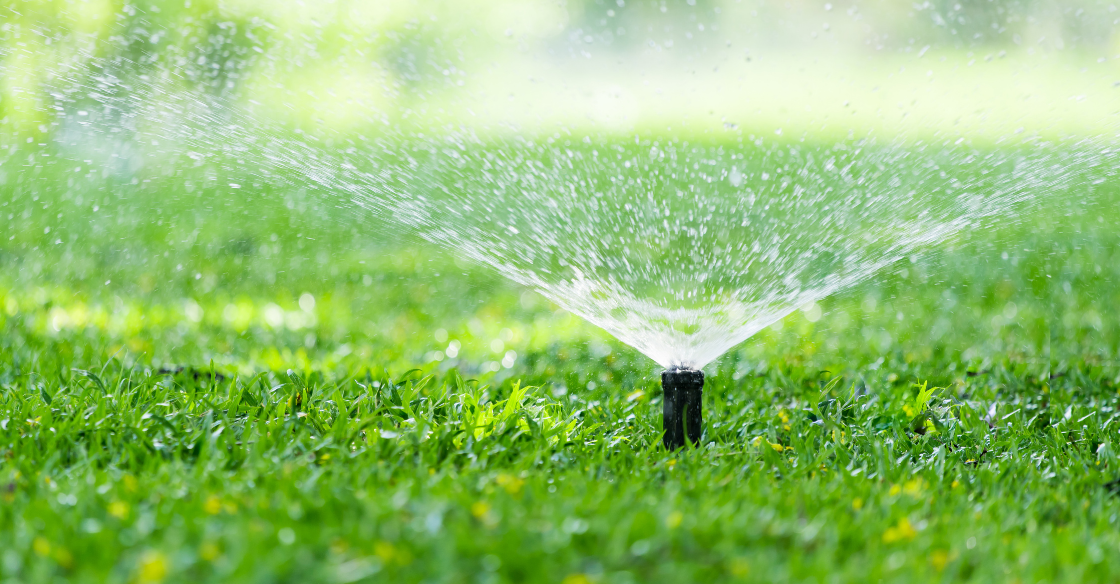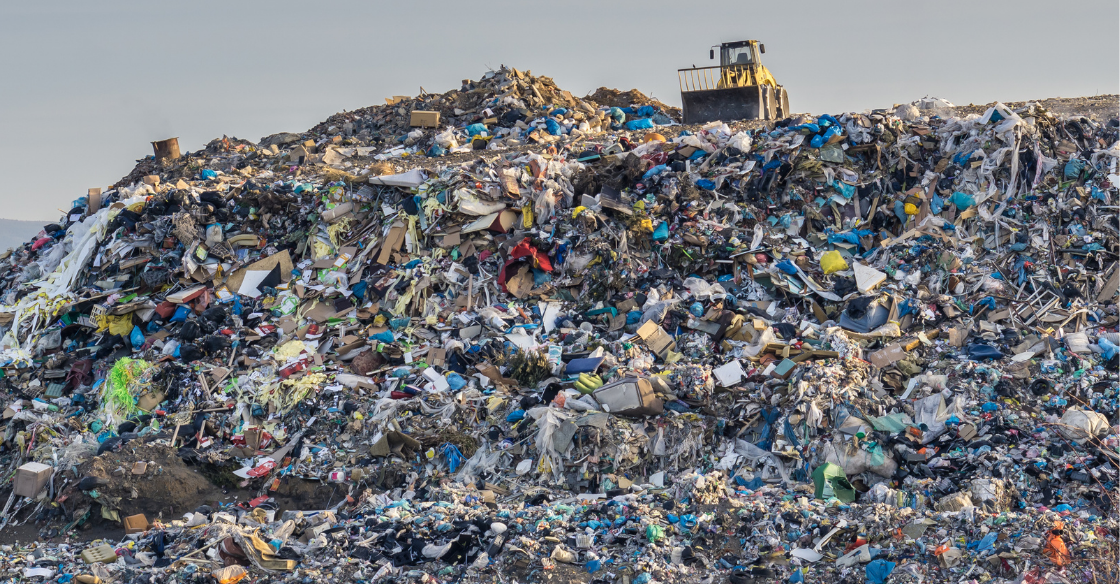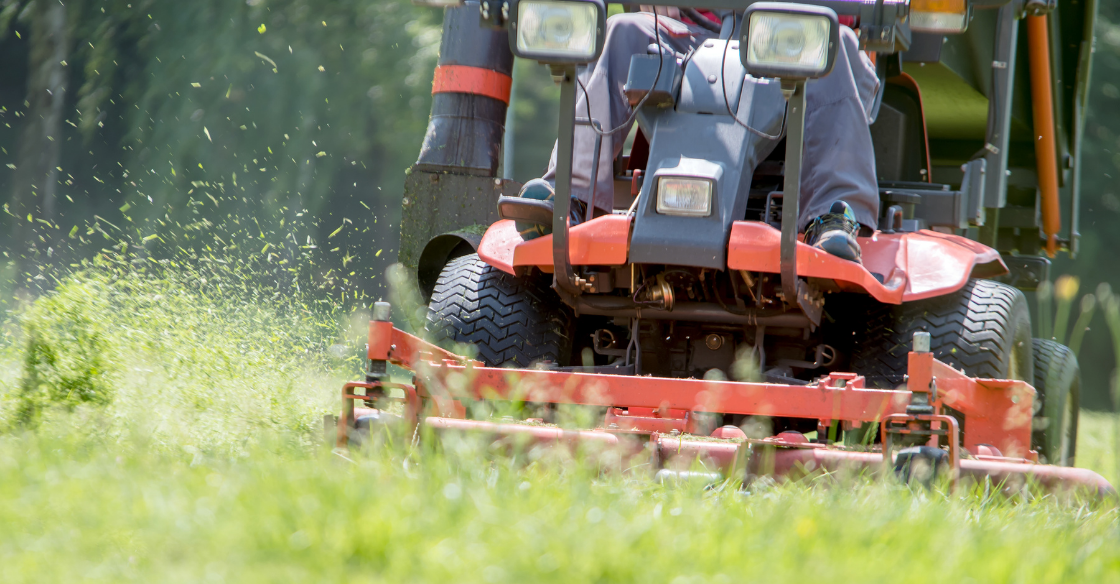
One of the biggest benefits of artificial turf over natural grass is that it’s an environmentally-friendly landscaping option. From reduced water usage to eco-friendly maintenance, synthetic lawns are a great way to reduce your carbon footprint and start a green trend in your neighborhood.

Table of Contents
For those who live in areas of the country affected by drought, like San Diego and greater Southern California, sustainable landscape design keeps water usage in mind. Artificial turf requires little to no watering outside of the occasional rinsing to get rid of dirt and debris. Turf also reduces excessive water waste from timed sprinkler systems that run whether they need to or not.
Reduced water usage isn’t just good for the environment, but good for the budget-conscious. In areas with water shortages, water usage can get expensive. Cut your water bills significantly by replacing a natural lawn with artificial turf.
Regular maintenance on a natural lawn often means the use of harsh chemicals like pesticides and herbicides to keep that lawn free from invasive pests. If you have pets or children at home, you need to be extra careful about reading labels on these products, as many of them can be toxic when exposed to the skin or when ingested. These chemicals may also be harmful if they leech into local water sources, an important consideration for those in drought-ridden areas.
Chemicals aren’t something you need to worry about with artificial turf. You won’t need a regular application of pesticides, herbicides, even fertilizers because your synthetic lawn doesn’t need to be free from pests and weeds to “grow.” It will look beautiful for years to come with limited, chemical-free maintenance.
If you’ve had a problem with weeds in your natural lawn before installing your artificial turf, it is possible that a few could crop up from time to time. A weed barrier is a simple solution that will keep your lawn weed-free without the need for added chemical sprays and herbicide applications.

Yard trimmings that don’t get composted, lawn maintenance equipment that is no longer functioning, and plastic trash bags for lawn care products are just a small sample of items that take up space at the local landfill. If you live in California, you know that waste reduction is a large piece of the state’s agenda to combat climate change and address needless waste. An artificial lawn installed for up to decades of use is a way to do that.
If you’ve inherited an artificial lawn that needs to be replaced, talk to your local turf experts about recycling your turf rather than throwing it away. Oftentimes, an artificial lawn or at least parts of it can be recycled, reducing your reliance on the landfill.
According to the U.S. Environmental Protection Agency, lawnmowers and other lawn maintenance equipment like hedge trimmers and edgers are a major source of air pollutant emissions across the country. The bigger your natural lawn, the more emissions you’re likely releasing into the air. This causes not only a rise in local air pollutants but puts you at risk for exposure to harmful particles, especially if you’re the one doing the yard work.
Installing an artificial lawn reduces your own exposure to pollutants and keeps unnecessary emissions out of the atmosphere. It’s an easy way to reduce your carbon footprint and keep maintenance and fuel costs low.

All of that equipment we just described that contributes to air pollution also contributes to noise pollution. That may not seem like a big deal in the grand scheme of things, but we know your neighbors will appreciate one less lawnmower on Sunday mornings.
More importantly, you’ll be doing the local wildlife a favor. Noise pollution is not only stressful to local wildlife populations, it can make it difficult for them to survive. Animals may miss important mating or warning signals, or lose acoustic senses necessary for hunting or migrating. That lawnmower may be doing more harm than you think, and even affecting the biodiversity in your community.
Some proponents of natural lawns worry about the environmental effects of plastics used in some turf materials. The good news is, many turf products are made with recycled materials and can be recycled once they’re ready for replacement.
Quick side note: Artificial turf can last anywhere from 10-20 years with light maintenance. It depends on how it’s used, exposure to the elements, and basic care. An artificial lawn exposed to daily, heavy use should still last for years to come.
The use of recycled materials makes turf the smart option for eco-conscious shoppers who want to make decisions at their home or business that are environmentally friendly.
Turf isn’t just an environmentally-friendly choice. It’s a landscaping decision that will look just as good as the day it was installed for many years down the line. Make the green decision and choose artificial turf for your next landscaping project.
Are you looking for artificial turf experts in the San Diego area? Choose US Turf, San Diego’s pros when it comes to eco-friendly backyards. We can work with you on the backyard design of your dreams and come up with a synthetic lawn plan that will reduce your carbon footprint and look good while doing it.

© 2021 US Turf San Diego | CL#1040012 | Privacy Policy